Spotify's momentum in 2025 tells a compelling story about how streaming platforms are evolving beyond simple music delivery. The company recently announced remarkable third-quarter results, surpassing 700 million Monthly Active Users while achieving double-digit subscriber growth. This expansion is not just about numbers, it marks a fundamental shift in how Spotify is positioning itself as a comprehensive audio ecosystem. Premium subscribers climbed 12% year over year to 281 million, while Monthly Active Users grew 11% to 713 million, showcasing the platform's ability to attract both paying customers and free-tier users who contribute to its advertising revenue.
What makes these numbers striking is how clearly they show Spotify's move from a music-focused service to a full audio platform. That shift matters, multiple revenue streams deepen engagement and widen the moat across digital entertainment. Net adds ~17 million MAUs in Q3 2025 (from 696M to 713M), while keeping conversion healthy. In plain terms, more people now treat audio as a daily habit, not background noise.
The financial foundation behind explosive growth
Here is where the business story gets interesting. Spotify's 2025 performance shows that streaming platforms can reach sustainable profitability at global scale. Total Revenue increased 12% Y/Y (constant currency) to €4.3 billion (Q3 2025), driven primarily by premium subscriptions, which grew by 16%. Gross Margin improved by 56 bps YoY to 31.6% (Q3 2025), a 230 basis point increase, a sign the company is optimizing costs while growing its user base.
That margin turn marks a break from growth at all costs. They are not just adding users anymore, they are adding profitable users, and running a tighter operation. Spotify reported ~€700M in free cash flow in Q2 2025 (record for the quarter), according to company reporting and press coverage, a level of financial maturity that was rare in the early streaming wars.
This connects directly to a diversified revenue strategy. Advertising revenue rising by 5% may look modest next to premium, yet it provides stability in a crowded market where the company continues to lead with a 45% share in music subscriptions and 65% of global music streams. Those dominant positions bring leverage with record labels, attract exclusive content, and create network effects that make it harder for competitors to gain real ground.
Beyond music: The expanding app ecosystem
Spotify is pushing hard beyond traditional music streaming. The platform now hosts over 5 million podcasts, up from 4.4 million in 2024, a clear bet on audio diversification. Podcast listeners tend to stay longer and convert at higher rates, and podcast advertising commands higher rates than music advertising. Exclusive content makes the app stickier, plain and simple.
That strategy snaps into place with Spotify's AI work. Spotify is investing heavily in AI and product innovation, expanding its AI playlist generation to over 40 markets. These features are not party tricks, they are becoming core differentiators that help Spotify maintain its edge. The AI DJ feature usage jumped by 48%, a sign listeners welcome recommendations that feel guided rather than purely algorithmic.
Crucially, Spotify blends music and podcast signals to sharpen discovery across formats. Instead of adding AI for novelty, the tools help users uncover new content, build better playlists, and navigate a massive catalog more easily. The AI DJ does more than queue songs, it creates a personal radio vibe that can weave in podcast discovery and deliver a seamless audio journey.
The financial impact of this integrated approach is already visible. The recently launched Spotify Partner Program has paid out more than $100 million to podcast creators in the first quarter, a concrete commitment to building a sustainable creator economy that benefits both producers and the platform.
Market position and competitive dynamics
Spotify's market dominance looks even more impressive in context. The company maintains the largest global market share at 32%, significantly ahead of competitors like Apple Music and Amazon Music. It sustains that lead while expanding into new markets and demographics, proof that a platform-agnostic, algorithm-first approach creates durable advantages that do not depend on hardware ecosystems or bundles.
Competitors have real strengths. Apple Music benefits from iOS integration and device lock-in. Amazon Music leans on Prime and smart speaker reach. YouTube Music taps the world's largest video platform. Spotify keeps outpacing them by focusing on superior discovery and true cross-platform accessibility, which fits how people use multiple devices throughout the day.
This strategy shines in emerging markets, Spotify's next growth engine. The platform's global reach continues to expand, with Spotify now available in 184 countries, and growth is especially strong in places like Nigeria and Kenya, both over 40%. These markets often have lower average revenue per user, but the volume potential supports long-term sustainable growth, which ties back to margin expansion.
User engagement backs this up. The average time spent on Spotify per day is 102 minutes globally, with some markets like Mexico running even higher. That is habit territory, the kind of daily rhythm that drives retention and platform growth.
What this means for the streaming landscape
Short version, the streaming wars are not about who owns the biggest catalog anymore. They are about building comprehensive audio experiences that adapt to each listener through integrated technology and content. Spotify's mix of growth and profitability, plus a steady feature cadence and expanding global reach, points to a new phase where personalization, diversification, and operational efficiency decide winners.
For consumers, that means more tailored sessions, better discovery, and a wider blend of music and podcasts that actually work together. AI-powered features help people find and enjoy audio content more easily, while the expanding podcast ecosystem provides more diverse listening options. Creator monetization tools attract higher quality independent voices, which keeps the loop spinning.
For the industry, Spotify's integrated approach to music, podcasts, and AI-powered personalization signals that sustainable streaming requires comprehensive audio ecosystems rather than single-focus platforms. That puts pressure on rivals to broaden beyond their core strengths and invest in similar capabilities while keeping discipline on costs.
Most significantly, data-driven personalization at scale compounds over time. Recommendation algorithms, playlist curation, and AI features draw on billions of listening sessions across music and podcasts. The larger the dataset, the stronger the network effects, especially when combined with global reach and financial sustainability.
Spotify aims to reach 1 billion subscribers in the long term, and based on the current trajectory, that ambition feels less far-fetched than skeptics once thought.
Will Spotify keep growing? The 2025 performance points that way. The bigger question is how the company will use this momentum to reshape how we discover, consume, and interact with audio in an increasingly connected world. My bet, it keeps leaning into technology integration, creator monetization, and global expansion, not just adapting to the industry's transformation but nudging it in Spotify's direction.








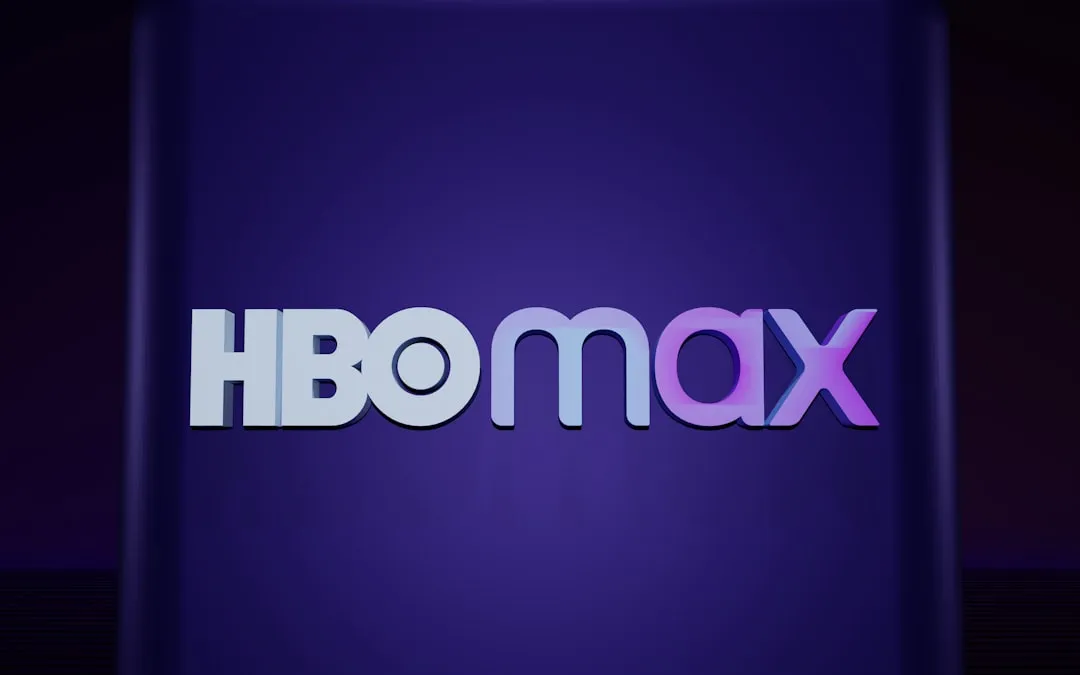


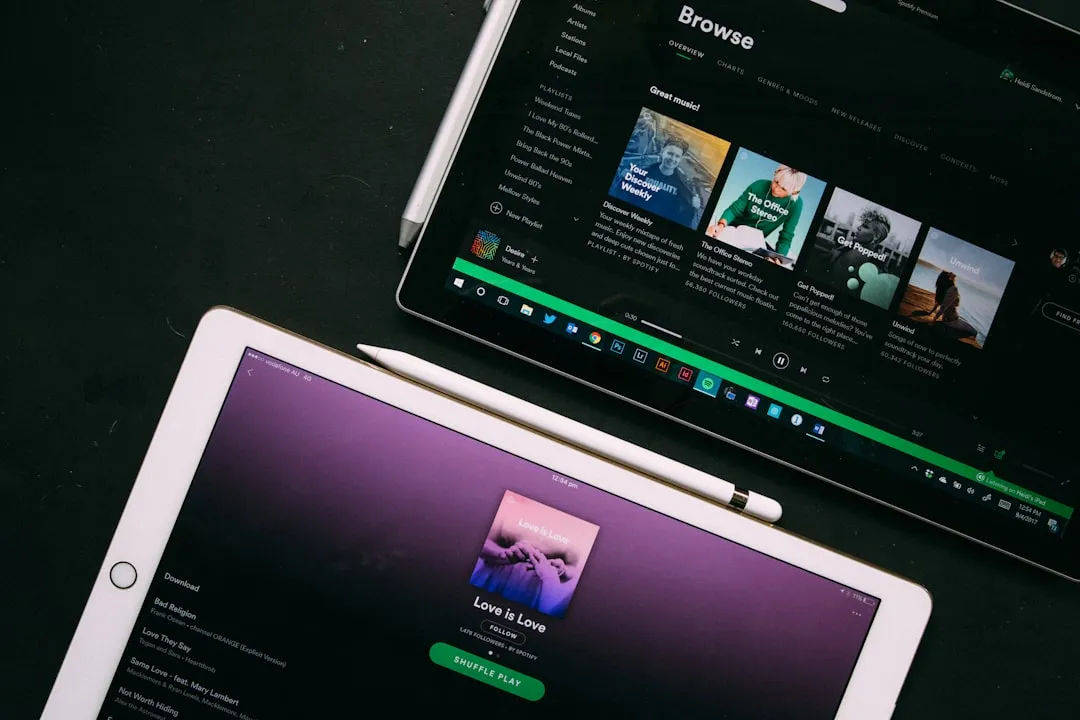


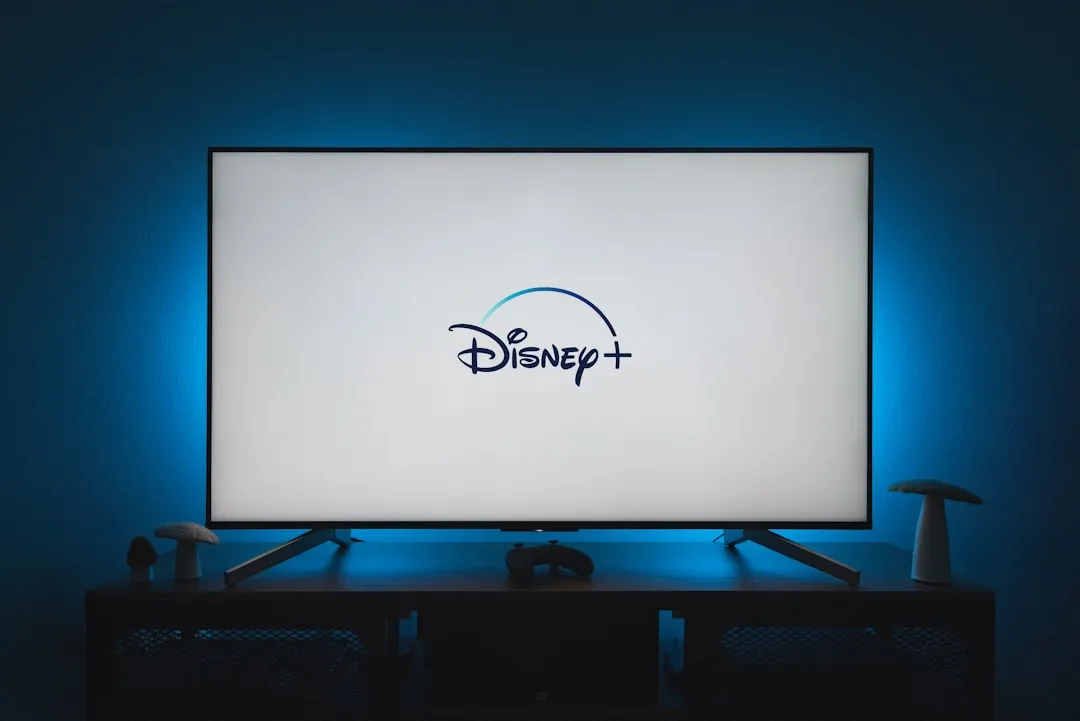


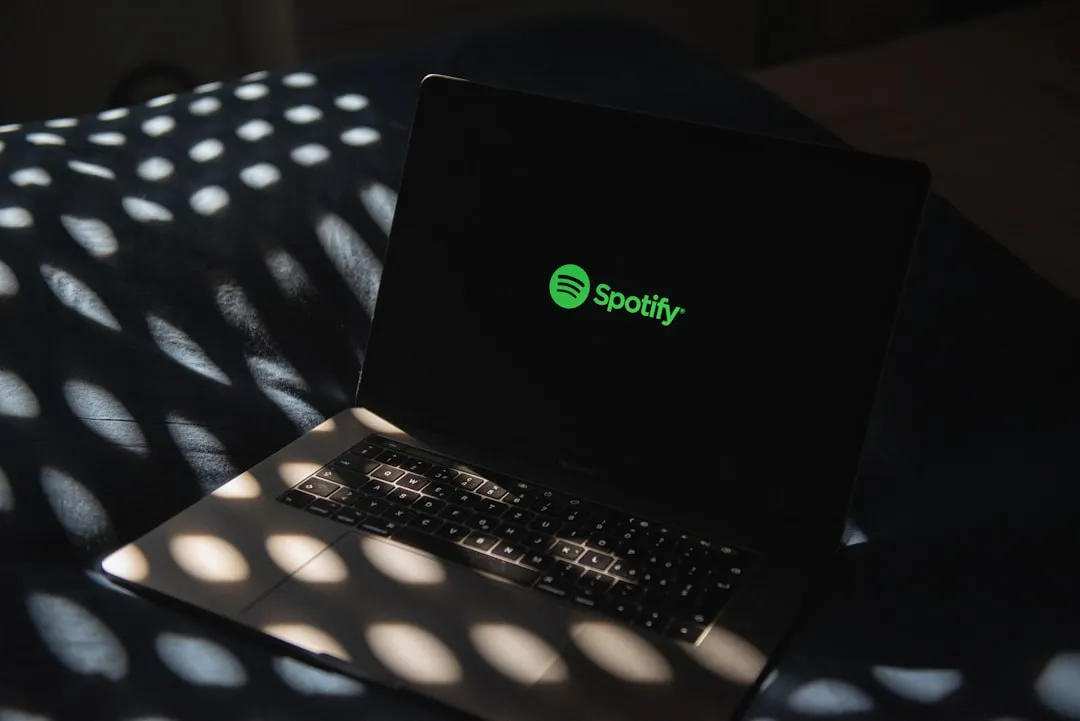


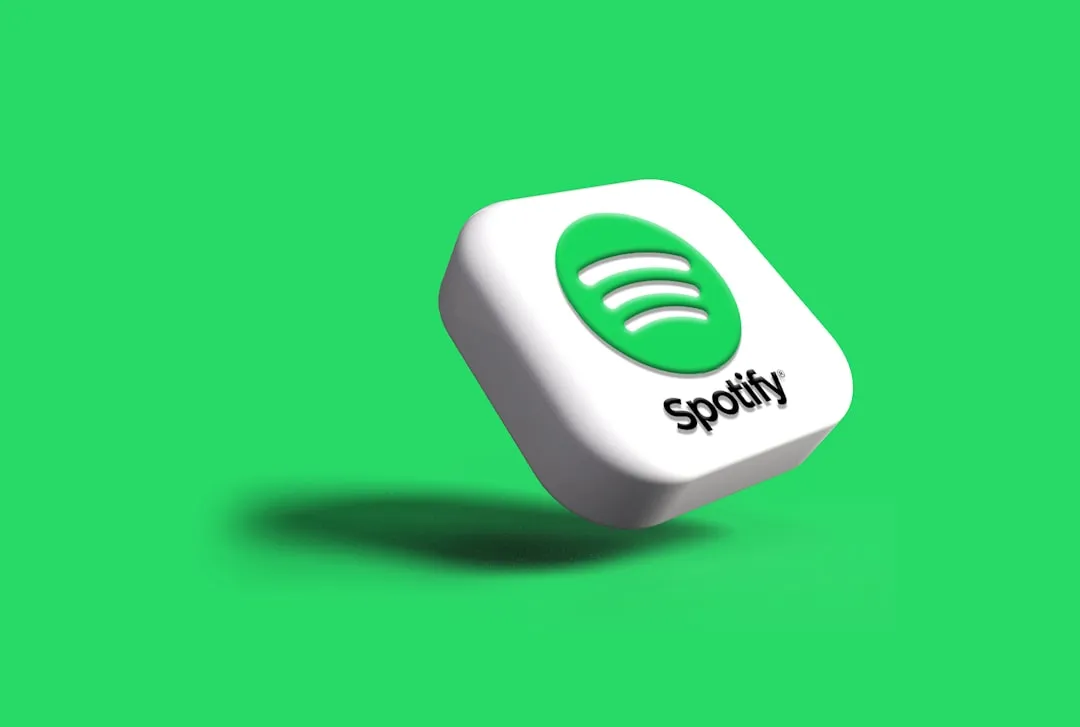
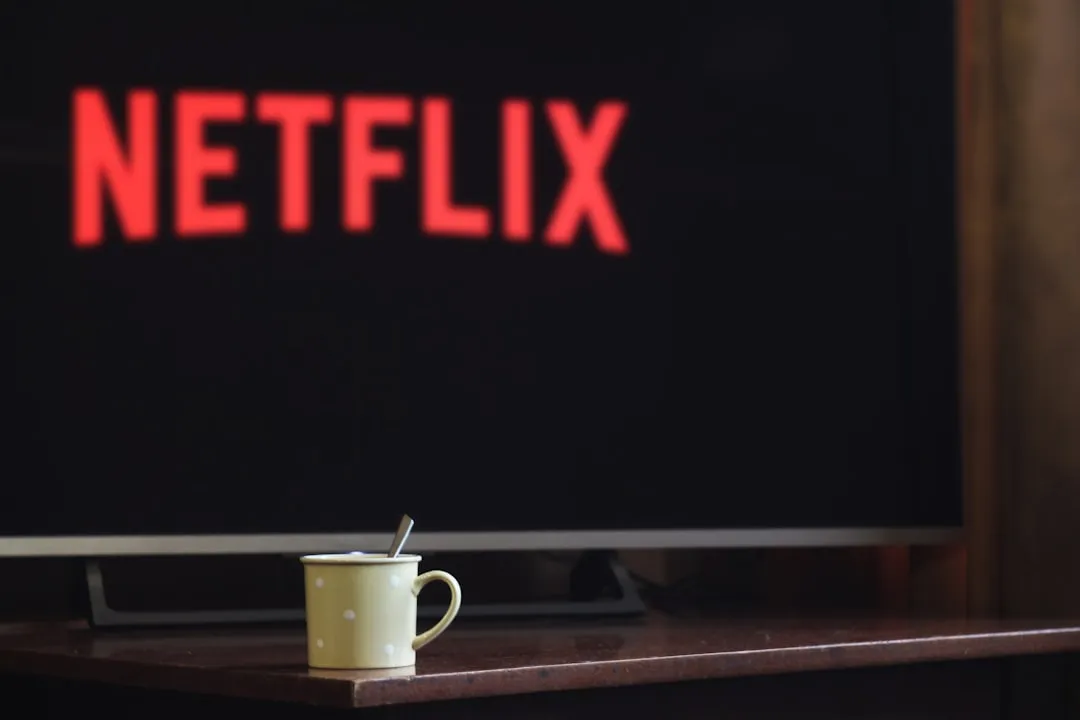
Comments
Be the first, drop a comment!